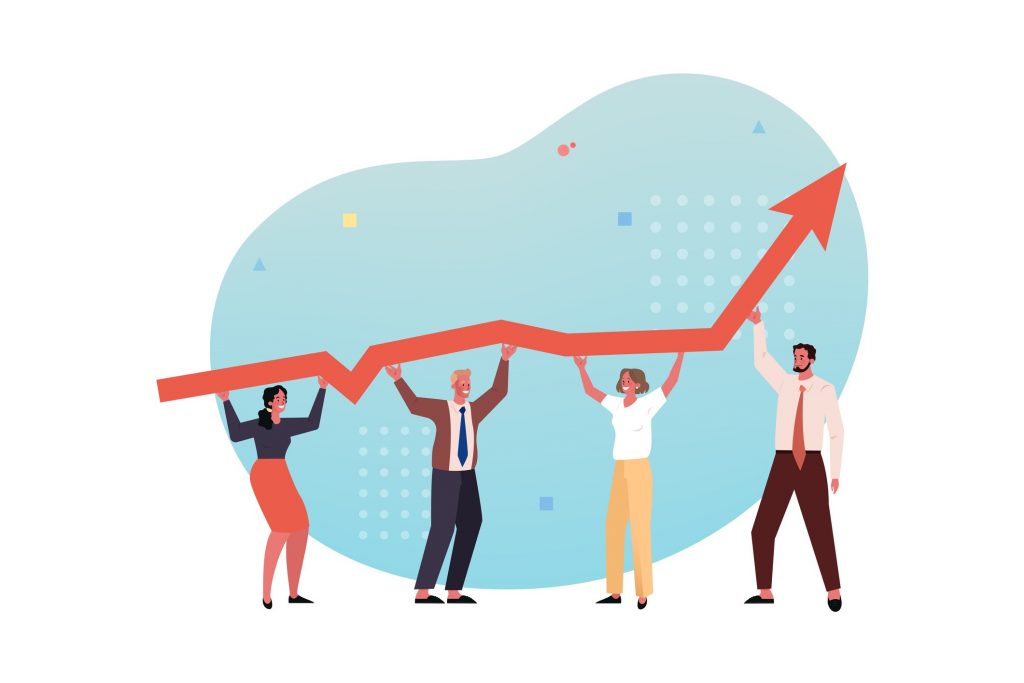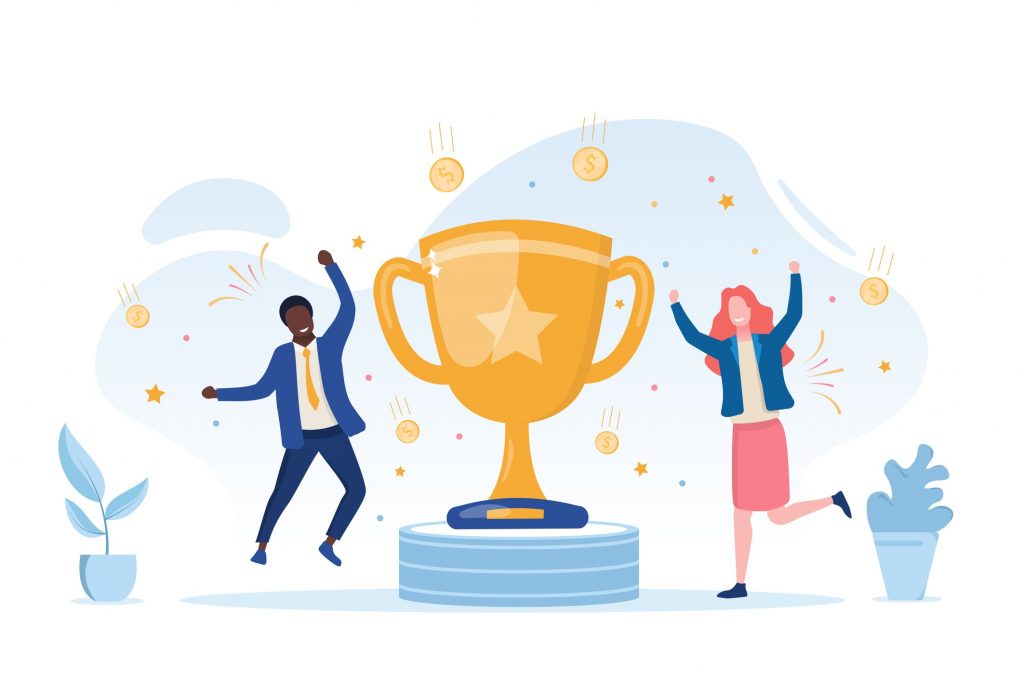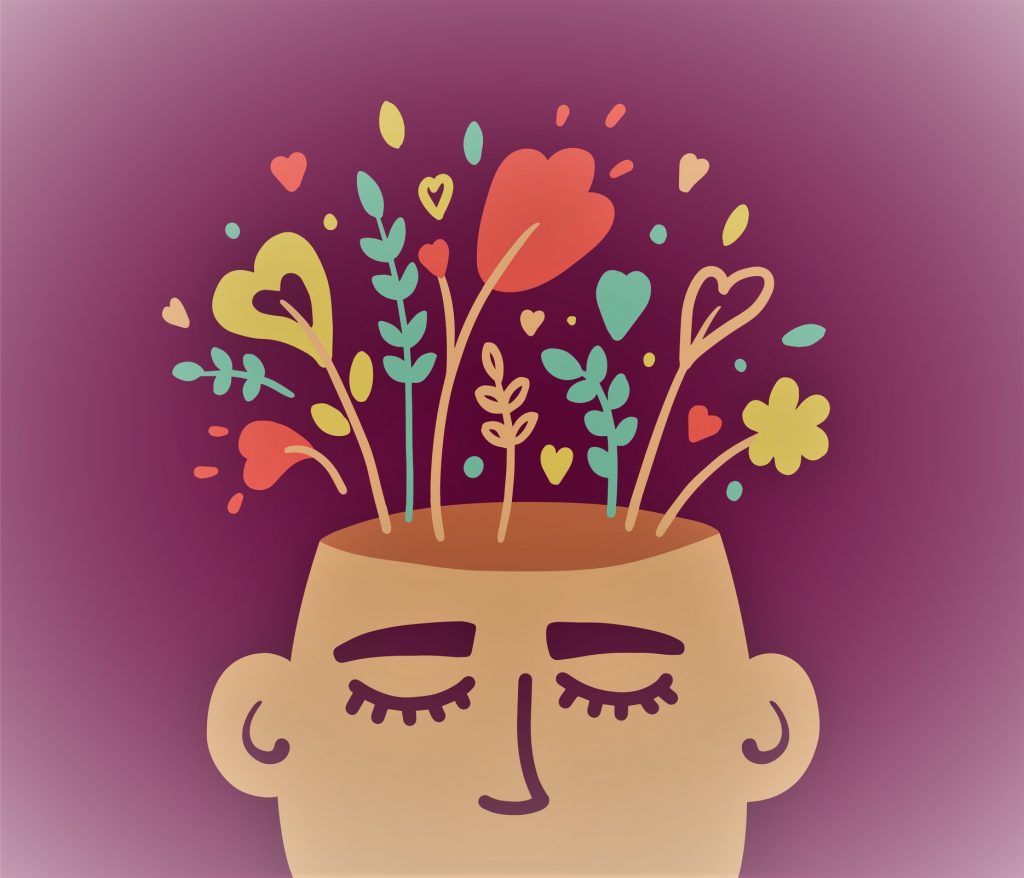My mother is a 3x breast cancer survivor. Her first run-in with this monster was especially dreadful; the cancer had made its way into advanced stages after initially being misdiagnosed. During aggressive chemo and radiation treatments, I recommended group therapy to help her deal with the heavy mental burden of going through cancer. Her response was, “I don’t need to sit in a room and rehash this terrible disease. My therapy is spending time with friends and family and talking about anything else – that, and the casino.” What can I say? She loves those penny slots.
My mother was on to something here. I can assure you that I’m not negating the benefits of therapy or psychology in your life; in fact, what she was talking about is actually a form of psychology – positive psychology.
What is Positive Psychology?

The founder of positive psychology, Martin Seligman, feels the same way. Often, Seligman thought that psychology focused too much on the negative. Instead of concentrating on someone’s depression, trauma, mental illness, setbacks, failures, pain, and suffering ad nauseam, he wanted to focus on the good – the great even – all that made individuals and their lives not just normal or okay, but extraordinary. Seligman wanted to shift our perspective to a new attitude – a better attitude – a great attitude.
The idea behind positive psychology is pretty simple. A general positive psychology definition is “the scientific study of what makes life most worth living.” Positive psychology “focuses on both individual and societal well-being” and examines “positive subjective experience, positive individual traits, and positive institutions to improve quality of life.”
Yes, having a positive attitude or mindset correlates directly to your quality of life. This shift to a positive perspective can alter your thought patterns and actually improve how you spend your days. While a positive outlook on life sounds easy enough, maintaining a continuously positive attitude can often be harder to achieve, so let’s break down how to keep a positive mind.
Positivity Increases Productivity by More Than 30%

According to research, your brain is 31% more productive when you’re positive. Those with positive attitudes tend to perform more tasks correctly and will often exceed their goals. Professionally, this means that happy employees make better employees. So as a boss, manager, or owner, what do you do to make your employees happy in order to excel? Throw a pizza party every other Friday? Not quite. Happiness needs to extend beyond the office. Treating your employees well is a good start, but happiness must encompass all aspects of a person’s life. When I say happiness, I’m not referring to external factors; it needs to come from within.
Success Doesn’t Breed Happiness – Happiness Breeds Success

Some people think that external factors like money and success will breed more happiness, but much like a drug, you need to keep upping the dose. Once you get that new job, you will soon be searching for a more desirable position. Got a raise? Derek in accounting still makes more than you, so what do you need to do to get to his salary? Bought a house with three bedrooms? You’re sure you’d be happier with four or, better yet, five! It’s the trap of I’ll be happy when, instead of, I’m happy now. I’ll be happy when I get that new car. When you finally get that new car, the initial excitement soon fades, and you need to find something even more impressive to want – because when you get it, then you’ll be happy. The problem is, these feelings of happiness are only momentary and often fleeting.
Success doesn’t breed happiness; instead, happiness breeds success. It’s great to have goals – goals are an essential aspect of a meaningful life – but enjoy the journey as much as the destination. Learn to realize all the good in your life now.
This is what you need to teach your employees.
The Happiness Advantage

Want to learn not only how to have a positive attitude but how to maintain a positive attitude? You can achieve a greater state of happiness in your day-to-day life through a pretty simple plan that a bunch of really smart people put together. Here’s how it works.
Gratitude
First, be grateful.
Keeping a gratitude journal actually works to improve your attitude. I can be a pretty pessimistic guy at times, but a gratitude journal helps to put things in perspective. Writing down at least three things every morning that you are grateful for becomes a continuous reminder that no matter how hard or aggravating or deflating your day has been, you still have many things to be thankful for. Try to write down three more things you are grateful for in the evening – a reminder like this before bed is a great way to end the night.
Journaling
Instead of just making a list of things you are grateful for, you should also journal about one positive experience you have each day. It doesn’t have to be long; just get enough details down so that you can reflect on this moment again. Try to use your five senses in the details – it will make the moment easier to relive – what did you see, hear, smell, taste, and touch in that positive moment?
Meditation and Mindfulness
Closing your eyes, taking deep breaths, and focusing on being present in that moment, can train you to find peace in each day and to engage fully in one task at a time.
Exercise
Aside from the physical benefits, regular exercise improves mental clarity, boosts your mood, builds resilience, and allows you to handle stress more effectively.
Acts of Kindness
Do something kind for someone each day and take joy in this act. An easy way is to send a thank you card, thoughtful email, text, or letter to someone every day that conveys your appreciation for their contributions to your life. You can also call them or go see them in person to say why you are grateful for them. Being selfless provides its own reward.
Shawn Achor, the author of The Happiness Advantage, says that when your brain is positive, dopamine levels increase, which “turns on all the learning centers of your brain.” To train people to be more positive, Achor has them perform the abovementioned practices for 21 consecutive days (three weeks). The results are not only a consistently more positive outlook but a significant improvement in productivity and quality of work, which yields greater success.
The PERMA Model

PERMA is an acronym for:
- Positive Emotions
- Engagement
- Relationships
- Meaning
- Accomplishment
According to the “father of positive psychology,” Seligman says that creating positive emotions by finding joy in the moments of your day can improve your wellbeing.
Being engaged in your tasks and activities is another step in positive psychology. When you are fully engaged in an activity, this is what author and psychologist Mihaly Csikszentmihalyi refers to as flow, as I’ll soon discuss in a bit more detail.
Developing healthy relationships is also important – we need meaningful human relationships to thrive.
Positivity alone will not complete us; we must find meaning in our lives by recognizing that the world is bigger than our own thoughts and emotions. When we dedicate our energy to a cause or find something greater than ourselves to believe in, we start to develop more meaning in our lives.
Accomplishments or achievements are the final part of this model – we must develop and maintain a drive to set goals, meet goals, and exceed goals to better ourselves and those around us. Overcoming obstacles and achieving our goals helps feed this drive; it builds confidence, resiliency, purpose, and success.
Striving to do these things consistently leads to what Shawn Achor refers to as the happiness advantage. Those who follow this formula are statistically better at getting a job, keeping a job, and performing at that job.
A positive attitude in the workplace is essential. If your employees are happy and filled with purpose, they will be ready to tackle their jobs with increased productivity, energy, resiliency, confidence, critical thinking skills, creativity, and engagement. The effects of positive thinking are vast. A more resilient employee will look at roadblocks as challenges and not setbacks – they will be excited to make improvements.
Flow

When an employee is fully engaged, they are in a state of flow. Mihaly Csikszentmihalyi coined the experience of flow as a state of deep concentration. A person is so focused on a task that they are virtually unaware of anything else, including time. However, you need to give employees tasks where their skills are equipped to meet the challenges. If you give them challenges that exceed their skill-set, they will be overwhelmed. If you give them tasks that are inferior to their skills, they will be underwhelmed and can quickly become disengaged. Like Goldilocks and the three bears, it needs to be just right.
Focus on your employees’ strengths instead of their weaknesses to improve their professional attitude. Help them to fine-tune these strengths. Praise their strengths and don’t degrade them for their difficulties to enhance their working attitude. We can’t be good at everything, but all of us can be great at something – not perfect, but great. Nurture the learning process that your employees must take to become experts in their field, experts who know that the learning process never stops.
Happiness Homework

This summer, give your employees some homework to boost their professional attitudes at work. Want to teach your employees how to be more positive at work and outside of work? Start their summer plans off with a daily practice that includes the things discussed. Have them document their efforts along the way. Regularly check in with your employees. Thank them for their dedication. Encourage their positive growth.
In the fall, have your employees report back on what they learned. Did they notice any positive changes in themselves, in their work habits, in their lives, in others, in their relationships with others? Most should be able to answer with an enthusiastic “yes.” Ask for specifics. For anyone who answers “no,” you should also ask for specifics; on a deeper dive, they may realize there were positive changes after all.
If your employees don’t see these positive changes, no one is lesser for the experiment. However, this could bring your attention to deeper issues for which you should examine whether more positive efforts are needed. A negative attitude at work can be detrimental to your entire team. Not to fear, happiness is contagious. According to research, a positive attitude transfers to other group members at a faster rate than a negative attitude from a negative coworker or employee.
If you feel that you and your employee will not reach a successful outcome together in your organization and a work attitude change is unlikely, then the time may come for that employee to depart. The coronavirus pandemic (COVID-19) has given us a profound opportunity to assess all the relationships in our lives. As we start to see one another again, it’s important to determine if these relationships are still advantageous to our growth and the growth of others. For the relationships that aren’t, we must be grateful for their role in our lives but know when it’s time to move on.
See all the ways that you can bring positivity and gratitude into your business at Brookhollow.
